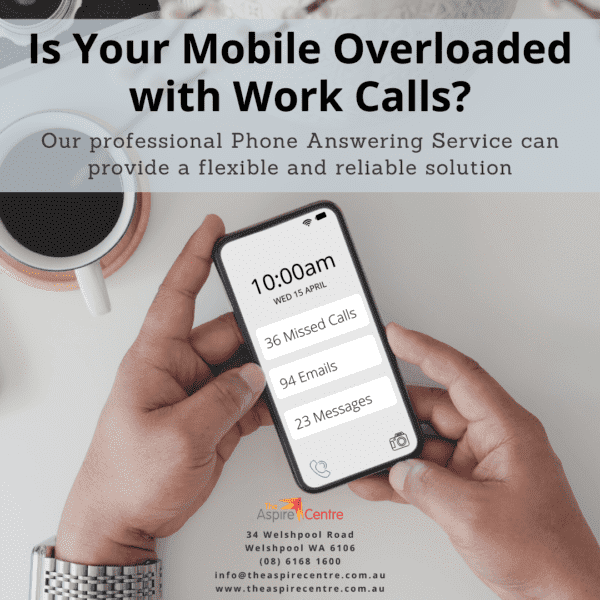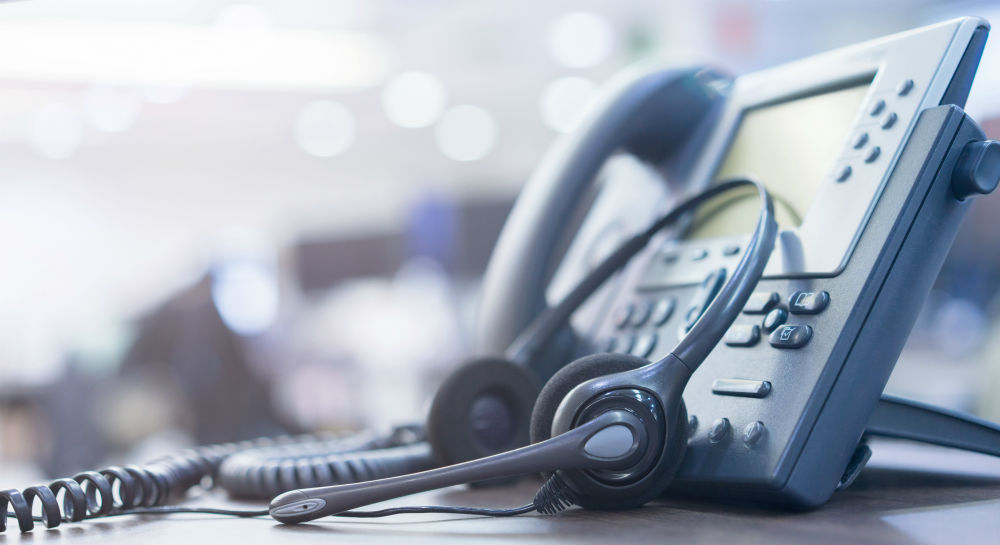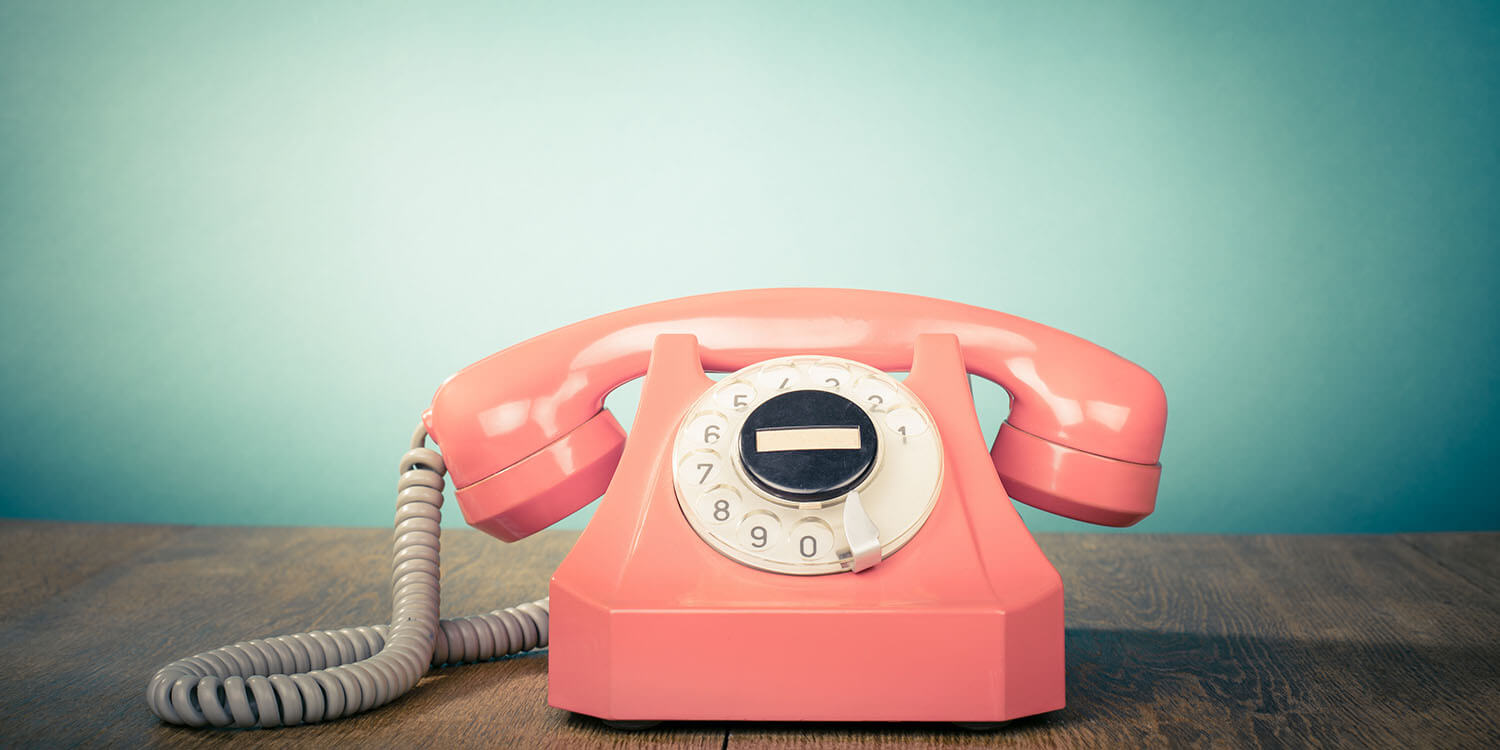All Categories
Featured
Table of Contents
- – Best Virtual Receptionist - Answering Service -...
- – Who Makes The Best What To Look For In A Phone...
- – What Is The Best What Is An Answering Service ...
- – What Is The Best Virtual Receptionist Perth -...
- – What Is The Best Answering Machine Business?
- – What Is The Best Phone Answering Services - ...
Best Virtual Receptionist - Answering Service - Phone Answering Store Near Me
This gadget and its followers were developed by Sava Jacobson, an electrical engineer with a private consulting organization. While early answering machines utilized magnetic tape technology, most modern-day equipment utilizes solid state memory storage; some gadgets use a mix of both, with a solid-state circuit for the outbound message and a cassette for the incoming messages.
"toll saving" listed below) (telephone answering service). This works if the owner is evaluating calls and does not want to talk with all callers. In any case after going, the calling party needs to be informed about the call having been responded to (most of the times this begins the charging), either by some remark of the operator, or by some welcoming message of the TAD, or addressed to non-human callers (e.
This holds particularly for the Little bits with digitally stored greeting messages or for earlier machines (before the rise of microcassettes) with an unique unlimited loop tape, separate from a 2nd cassette, committed to recording. There have been answer-only gadgets with no recording abilities, where the welcoming message had to inform callers of a state of present unattainability, or e (business call answering service).
Who Makes The Best What To Look For In A Phone Answering Service For Your ...

about availability hours. In recording TADs the greeting generally consists of an invitation to leave a message "after the beep". A voice mail that uses a microcassette to record messages On a dual-cassette answerphone, there is an outbound cassette, which after the specified number of rings plays a pre-recorded message to the caller.

Single-cassette voice mail include the outgoing message at the start of the tape and incoming messages on the remaining space. They initially play the announcement, then fast-forward to the next offered area for recording, then tape the caller's message. If there are lots of previous messages, fast-forwarding through them can cause a significant delay.
This beep is frequently described in the welcoming message, asking for that the caller leave a message "after the beep". Little bits with digital storage for the taped messages do not reveal this delay, naturally. A TAD might provide a remote control center, where the answerphone owner can ring the house number and, by getting in a code on the remote telephone's keypad, can listen to tape-recorded messages, or erase them, even when away from house.
What Is The Best What Is An Answering Service And Why Use One? To Buy In 2023?

Consequently the machine increases the number of rings after which it addresses the call (typically by two, resulting in 4 rings), if no unread messages are currently kept, but answers after the set variety of rings (generally 2) if there are unread messages. This allows the owner to learn whether there are messages waiting; if there are none, the owner can hang up the phone on the, e.
Some makers likewise allow themselves to be remotely activated, if they have actually been turned off, by calling and letting the phone ring a certain a great deal of times (typically 10-15). Some service companies abandon calls already after a smaller number of rings, making remote activation impossible. In the early days of Littles an unique transmitter for DTMF tones (dual-tone multi-frequency signalling) was regionally needed for push-button control, since the formerly employed pulse dialling is not apt to convey proper signalling along an active connection, and the dual-tone multi-frequency signalling was carried out step-by-step.
Any inbound call is not identifiable with respect to these homes in advance of going "off hook" by the terminal equipment. So after going off hook the calls need to be changed to appropriate devices and only the voice-type is instantly available to a human, but maybe, however need to be routed to a LITTLE (e.
What Is The Best Virtual Receptionist Perth - Local Phone Answering Service Available
What if I told you that you do not have to really choose up your device when addressing a customer call? Somebody else will. So practical, right? Addressing phone calls doesn't require someone to be on the other end of the line. Effective automated phone systems can do the technique just as efficiently as a live representative and in some cases even much better.
An automated answering service or interactive voice response system is a phone system that communicates with callers without a live person on the line - telephone answering service. When business utilize this technology, consumers can get the answer to a question about your business simply by utilizing interactions established on a pre-programmed call flow.
Although live operators upgrade the client service experience, lots of calls do not require human interaction. A basic recorded message or instructions on how a client can retrieve a piece of information usually resolves a caller's instant requirement - answer phone service. Automated answering services are a basic and reliable method to direct inbound calls to the ideal person.
What Is The Best Answering Machine Business?
Notice that when you call a company, either for support or product questions, the first thing you will hear is a pre-recorded voice greeting and a series of alternatives like press 1 for customer support, press 2 for inquiries, and so on. The pre-recorded choices branch out to other choices depending upon the consumer's choice.
The phone tree system assists direct callers to the right individual or department using the keypad on a mobile phone. In some instances, callers can utilize their voices. It deserves noting that auto-attendant options aren't limited to the ten numbers on a phone's keypad. Once the caller has actually picked their first option, you can design a multi-level auto-attendant that uses sub-menus to direct the caller to the right type of support.
The caller does not have to communicate with a person if the auto-attendant phone system can handle their issue. The automated service can path callers to a staff member if they reach a "dead end" and need help from a live representative. It is expensive to employ an operator or executive assistant.
What Is The Best Phone Answering Services - Usa, Europe?
Automated answering services, on the other hand, are considerably less expensive and supply considerable expense savings at approximately $200-$420/month. Even if you don't have committed staff to handle call routing and management, an automatic answering service enhances efficiency by permitting your team to focus on their strengths so they can more effectively invest their time on the phone.
A sales lead routed to customer service is a lost shot. If a customer who has item questions reaches the wrong department or gets incomplete answers from well-meaning workers who are less trained to manage a particular kind of question, it can be a cause of disappointment and discontentment. An automated answering system can reduce the number of misrouted calls, consequently assisting your staff members make better use of their phone time while releasing up time in their calendar for other tasks.
With Automated Answering Systems, you can develop a personalized experience for both your staff and your callers. Make a recording of your primary greeting, and just update it frequently to show what is going on in your organization. You can create as lots of departments or menu alternatives as you want.
Table of Contents
- – Best Virtual Receptionist - Answering Service -...
- – Who Makes The Best What To Look For In A Phone...
- – What Is The Best What Is An Answering Service ...
- – What Is The Best Virtual Receptionist Perth -...
- – What Is The Best Answering Machine Business?
- – What Is The Best Phone Answering Services - ...
Latest Posts
Reputable Phone Answering Service Near Me
Emergency Call Answering Service Near Me
Best Real Estate Answering Service – Australia
More
Latest Posts
Reputable Phone Answering Service Near Me
Emergency Call Answering Service Near Me
Best Real Estate Answering Service – Australia